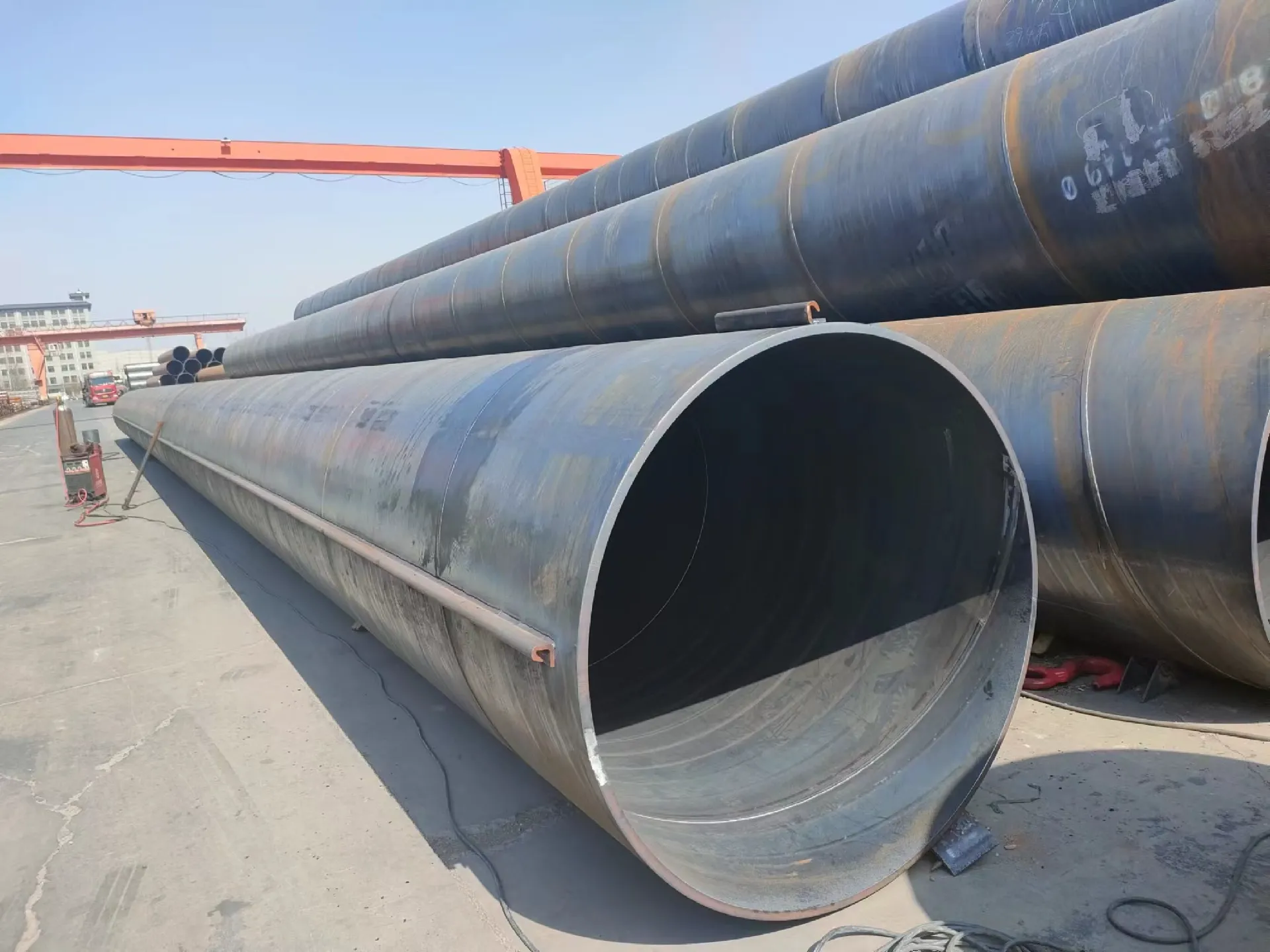-
Cangzhou Yulong Steel Co., Ltd.
-
Phone:
+86 13303177267 -
Email:
admin@ylsteelfittings.com
- English
- Arabic
- Italian
- Spanish
- Portuguese
- German
- kazakh
- Persian
- Greek
- French
- Russian
- Polish
- Thai
- Indonesian
- Vietnamese
- Zulu
- Korean
- Uzbek
- Hindi
- Serbian
- Malay
- Ukrainian
- Gujarati
- Haitian Creole
- hausa
- hawaiian
- Hebrew
- Miao
- Hungarian
- Icelandic
- igbo
- irish
- Japanese
- Javanese
- Kannada
- Khmer
- Rwandese
- Afrikaans
- Albanian
- Amharic
- Armenian
- Azerbaijani
- Basque
- Belarusian
- Bengali
- Bosnian
- Bulgarian
- Catalan
- Cebuano
- China
- China (Taiwan)
- Corsican
- Croatian
- Czech
- Danish
- Esperanto
- Estonian
- Finnish
- Frisian
- Galician
- Georgian
- Kurdish
- Kyrgyz
- Lao
- Latin
- Latvian
- Lithuanian
- Luxembourgish
- Macedonian
- Malgashi
- Malayalam
- Maltese
- Maori
- Marathi
- Mongolian
- Myanmar
- Nepali
- Norwegian
- Norwegian
- Occitan
- Pashto
- Dutch
- Punjabi
- Romanian
- Samoan
- Scottish Gaelic
- Sesotho
- Shona
- Sindhi
- Sinhala
- Slovak
- Slovenian
- Somali
- Sundanese
- Swahili
- Swedish
- Tagalog
- Tajik
- Tamil
- Tatar
- Telugu
- Turkish
- Turkmen
- Urdu
- Uighur
- Welsh
- Bantu
- Yiddish
- Yoruba

Oct . 18, 2024 08:33 Back to list
stainless steel pipe grades
Understanding Stainless Steel Pipe Grades A Comprehensive Overview
Stainless steel pipes have revolutionized various industries due to their durability, corrosion resistance, and aesthetic appeal. These pipes come in various grades, each tailored to specific applications and environments. Understanding the different grades of stainless steel pipes is essential for selecting the right material for your project.
Stainless steel is primarily categorized into five families austenitic, ferritic, martensitic, duplex, and precipitation-hardening. Among these, austenitic stainless steels, such as the 300 series (most notably 304 and 316), are the most widely used for pipes. These grades contain a high percentage of chromium and nickel, which contribute to their excellent corrosion resistance and ability to withstand high temperatures. Grade 316, for example, provides superior resistance to chlorides and is ideal for marine applications.
Ferritic stainless steels, such as grade 430, are less resistant to corrosion than austenitic grades but offer good oxidation resistance and are more affordable. They are commonly used in non-critical applications where strength and appearance are not as crucial. Martensitic stainless steels, such as grade 410, are known for their hardness and strength, making them suitable for applications requiring moderate corrosion resistance and high toughness.
Duplex stainless steels are a blend of austenitic and ferritic types, providing a balance of strength and corrosion resistance
. Grades like 2205 are increasingly popular in the oil and gas industry due to their ability to withstand harsh environments while offering excellent weldability and toughness.stainless steel pipe grades

Precipitation-hardening stainless steels, such as 17-4 PH, are engineered to achieve high strength and hardness through heat treatment. These grades find applications in aerospace, chemical processing, and other high-performance sectors where mechanical properties are paramount.
When selecting a stainless steel pipe, it is vital to consider factors such as temperature, pressure, and the corrosive nature of the environment. Different grades exhibit varying mechanical properties, including tensile strength and yield strength, which are crucial for ensuring the longevity and safety of the application.
Moreover, certifications and standards, such as ASTM and ASME, add an extra layer of assurance regarding the quality and performance of stainless steel products. For instance, pipes must often meet specific ASTM standards to ensure they are suitable for pressure applications.
In conclusion, stainless steel pipes come in a variety of grades, each suited for distinct applications. Understanding these grades is fundamental for engineers, architects, and designers to select the right materials that meet both performance and aesthetic requirements. As industries grow increasingly demanding, the importance of choosing the appropriate stainless steel pipe cannot be overstated.
Latest news
-
ANSI 150P SS304 SO FLANGE
NewsFeb.14,2025
-
ASTM A333GR6 STEEL PIPE
NewsJan.20,2025
-
ANSI B16.5 WELDING NECK FLANGE
NewsJan.15,2026
-
ANSI B16.5 SLIP-ON FLANGE
NewsApr.19,2024
-
SABS 1123 FLANGE
NewsJan.15,2025
-
DIN86044 PLATE FLANGE
NewsApr.19,2024
-
DIN2527 BLIND FLANGE
NewsApr.12,2024
-
JIS B2311 Butt-Welding Fittings LR/SR 45°/90° /180°Seamless/Weld
NewsApr.23,2024











